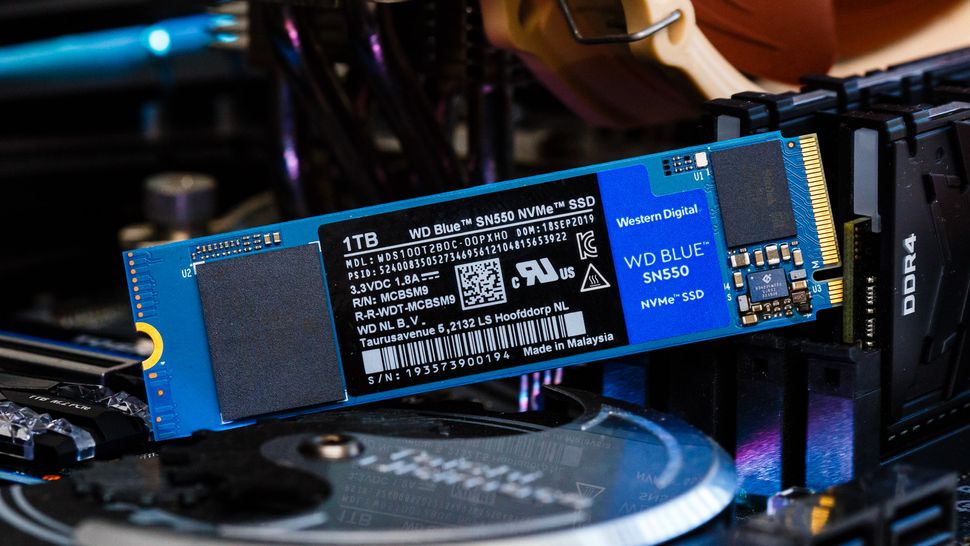Packing the latest BiCS4 96L TLC, WD’s Blue SN550 is a DRAMless NVMe SSD that is capable of delivering speeds of up to 2.4 GBps.
WD Blue SN550 M.2 NVMe SSD Review: Best DRAMless SSD Yet : Read more
WD Blue SN550 M.2 NVMe SSD Review: Best DRAMless SSD Yet : Read more



